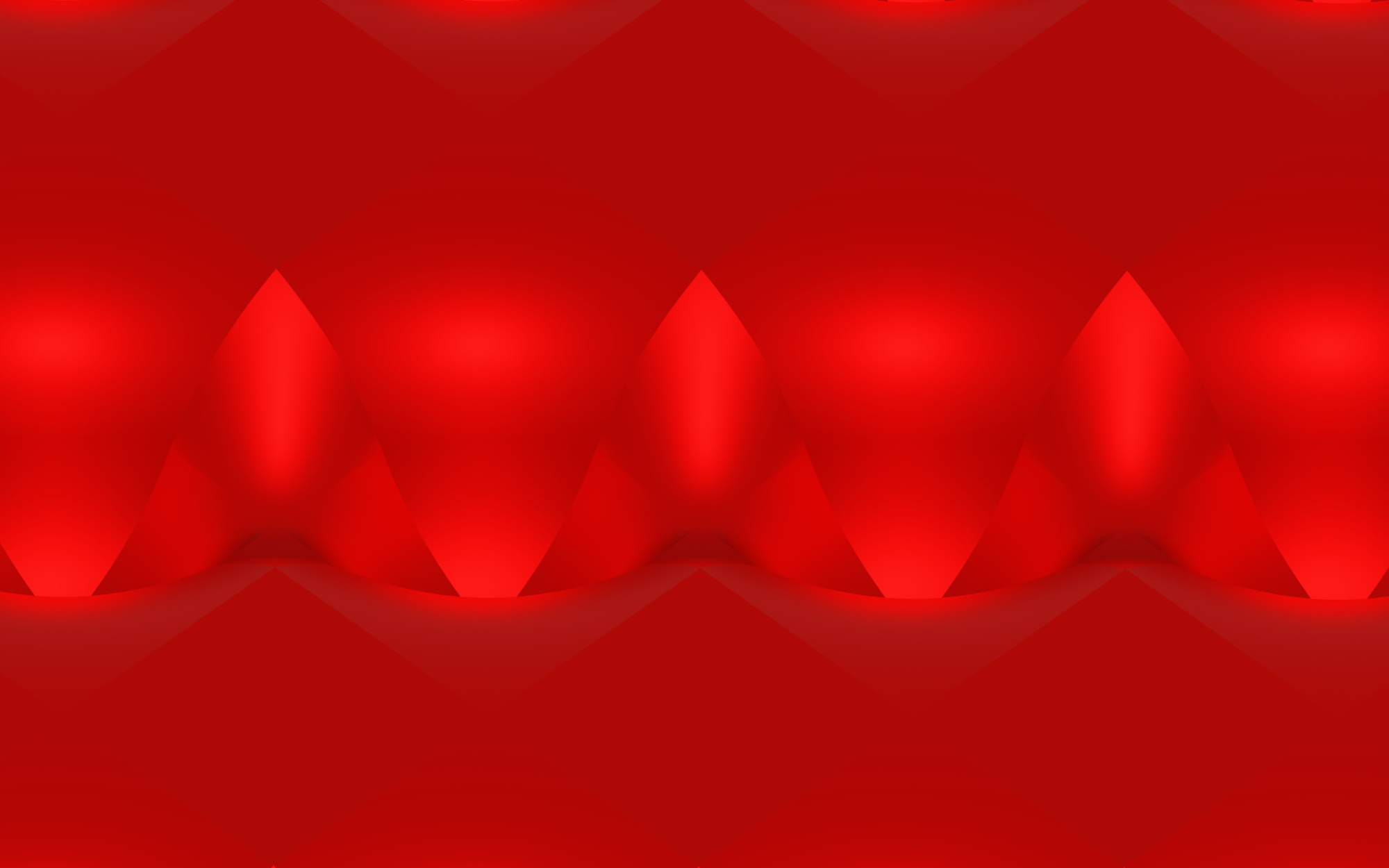In recent years, low-level laser treatments (LLLT) have gained significant attention for their potential therapeutic benefits in various medical and cosmetic fields. One of the most innovative applications of LLLT is through “light bed therapy,” a non-invasive treatment method that uses low-level lasers or light-emitting diodes (LEDs) to stimulate healing, reduce pain, and promote overall well-being. Let’s explore the science behind light bed therapy, its benefits, applications, and safety considerations.
What is Light Bed Therapy?
Light bed therapy is a form of low-level laser therapy (LLLT), also known as cold laser therapy, where a person lies on a surface equipped with numerous LED light panels. These panels emit therapeutic light of specific wavelengths (usually in the red or near-infrared spectrum) to penetrate the skin and interact with tissues in the body, targeting various areas simultaneously. LLLT uses lower energy levels that stimulate cellular processes, leading to healing and pain relief, and does not cause thermal damage to tissues. The whole-body approach provided by light bed therapy offers several advantages for patients seeking relief from chronic pain, inflammation, or a variety of health issues.
How Does Light Bed Therapy Work?
The fundamental mechanism behind light bed therapy involves the interaction of low-level light with cells, tissues, and biological processes. The light energy is absorbed by mitochondria in cells, which produce energy through the photobiomodulation (PBM) process. As the tissue cells absorb light energy, it boosts their adenosine triphosphate (ATP) production, the primary energy carrier within cells. Increased ATP production enhances cell function, improving tissue repair, reducing inflammation, and relieving pain. Additionally, LLLT can promote the release of growth factors, accelerate circulation, and help control immune responses.
By delivering light to multiple parts of the body simultaneously, light bed therapy provides a non-invasive and painless method for activating these processes, encouraging overall healing and wellness.
Benefits of Light Bed Therapy
Pain Management: One of the most well-documented benefits of low-level laser therapy is its ability to reduce pain. Its use has successfully managed arthritis, muscle strains, and joint pain. The light therapy helps reduce inflammation and promote the release of endorphins, the body’s natural painkillers.
Accelerated Tissue Healing: Light bed therapy has been shown to speed up tissue repair by stimulating cell regeneration, making it particularly useful for patients recovering from surgery or injury and those with chronic wounds that are slow to heal.
Improved Circulation: The increase in ATP production stimulated by LLLT helps improve blood flow, ensuring that oxygen and nutrients are delivered efficiently to tissues. This enhanced circulation can promote healing and overall health, which benefits many conditions.
Reduced Inflammation: Chronic inflammation is linked to many health conditions, including arthritis, fibromyalgia, and back pain. LLT can help control inflammation in the body, offering comfort and relief to those affected by such conditions.
Skin and Aesthetic Benefits: Light bed therapy is also widely used in the cosmetic industry for skin rejuvenation as it stimulates collagen production, leading to smoother, healthier-looking skin. It is often used to treat acne, reduce fine lines and wrinkles, and improve skin texture.
Stress Reduction and Relaxation: The calming effects of light therapy can promote relaxation and stress relief. Lying in a light bed allows individuals to unwind and benefit from a therapeutic experience that can aid mental well-being.
Improved Sleep: Light therapy has been linked to improvements in sleep quality. By helping to regulate circadian rhythms, light bed therapy can promote a more restful night’s sleep, making it a beneficial treatment for those suffering from insomnia or sleep disorders.
Applications of Light Bed Therapy
Sports and Injury Recovery: Light bed therapy is increasingly used by athletes to speed up recovery after intense training or injury. The therapy helps reduce muscle soreness, improve flexibility, and accelerate tissue healing.
Chronic Pain Management: Conditions such as arthritis, fibromyalgia, and back pain can be alleviated with regular sessions of light bed therapy. By targeting inflammation and promoting healing, the therapy offers a non-invasive solution for chronic pain sufferers.
Skin Rejuvenation: Light therapy is integral to anti-aging and acne treatment regimens. Increasing collagen production and enhanced tissue repair can help restore youthful skin. Blue light therapy (shorter wavelengths in the visible light spectrum) has been shown to have antibacterial properties, providing skin cleansing in patients with acne.
Mental Health and Well-Being: Light bed therapy has shown promise in promoting relaxation, reducing anxiety symptoms, and improving mood. The calming nature of the treatment can help individuals manage stress more effectively.
Safety and Considerations
Low-level laser therapy is generally considered safe when used correctly. Since the therapy is non-invasive and does not rely on high heat or radiation, there is little risk of side effects. Because LLLT uses concentrated light, protecting the eyes from direct exposure to intense light is important. Most light bed systems come with protective eyewear or have automatic safety features to prevent eye damage. Individuals with certain health conditions, such as photosensitivity or epilepsy, should consult with their physician before undergoing light bed therapy. The effectiveness of light bed therapy depends on the frequency and duration of treatments, with most individuals seeing positive results from regular sessions over an extended period.
Low-level laser therapy, particularly through light bed treatments, is a promising and versatile treatment modality for a wide range of health and wellness concerns. From pain management to skin rejuvenation, the benefits of this non-invasive therapy are vast, and its ability to accelerate healing, reduce inflammation, and promote relaxation makes it a valuable tool in both medical and cosmetic settings.
As with any treatment, it is important to consult your physician to determine if light bed therapy is suitable for your specific needs and to ensure that you are using the therapy safely and effectively.
Kendall Wagner, M.D. is a regular healthcare contributor to Do South® Magazine and the owner of Chaffee Crossing Clinic and Aspire Aesthetics in Fort Smith, Arkansas.




